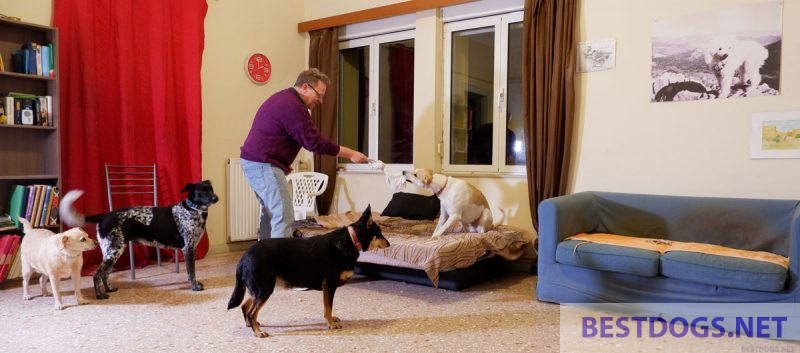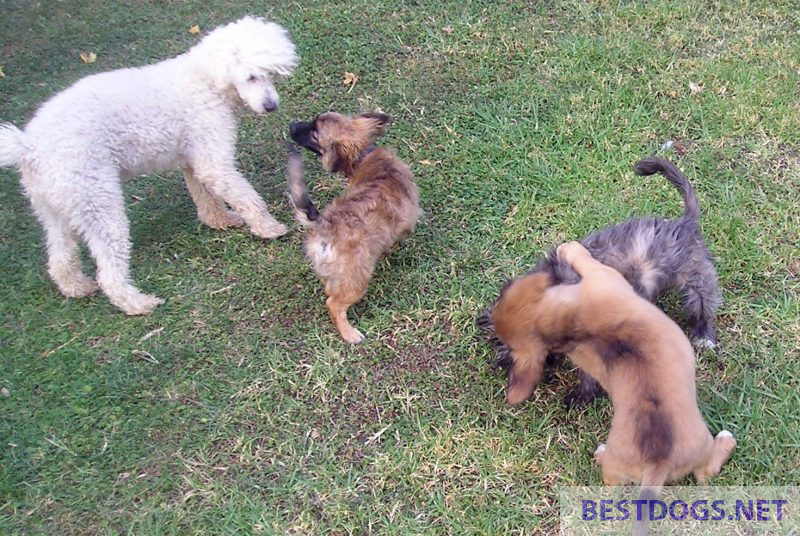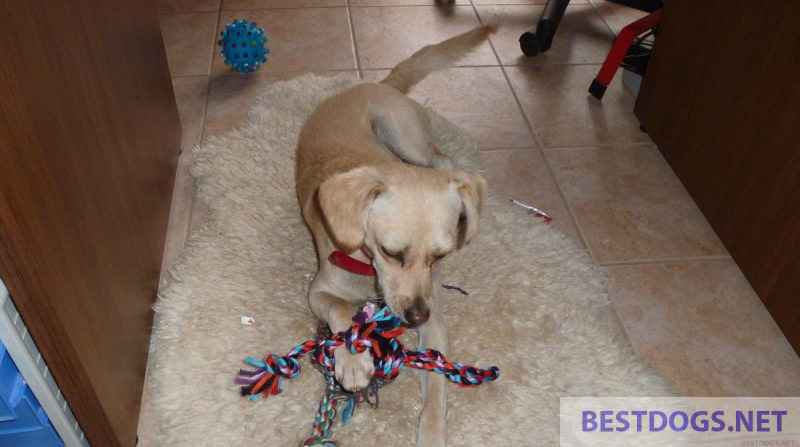Potential problems in socialization.
Socialization problems and possible solutions.
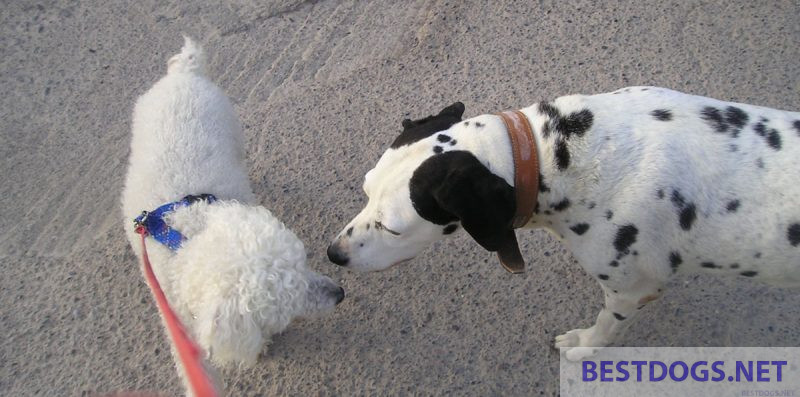

Possible problems with socialization
Table of Contents
Problems socializing their dogs are common among dog owners.
This is especially true for rescue dogs, as a new environment can add to the newly adopted dog’s pre-existing stress. This can lead to increased anxiety and therefore defensive behaviour towards other dogs. This is true even in a dog that is normally happy and sociable.
The influence of the leash
The influence of the leash on the dog should not be underestimated. The leash is an indispensable tool for every dog owner because it ensures that the dog is secured in places with a lot of traffic or distractions, and also greatly increases the range of places where it can be taken.
However, walking the dog on a leash also affects its natural behaviour. The tension on the leash is the main cause of this change, as it causes a psychological reaction in the form of stress, frustration and fear. This is because it restricts the dog so much that it cannot act out its natural behaviour.
The leash can affect the dog’s standing, walking and manoeuvring, especially when it pulls on the leash.
Just imagine a dog on a leash and a playful off-leash Collie jumping towards him. The dog on the leash is excited and pulls a little because he wants to approach. The leash causes the neck and chest to lift, and the dog immediately begins to tense up under this compulsion.
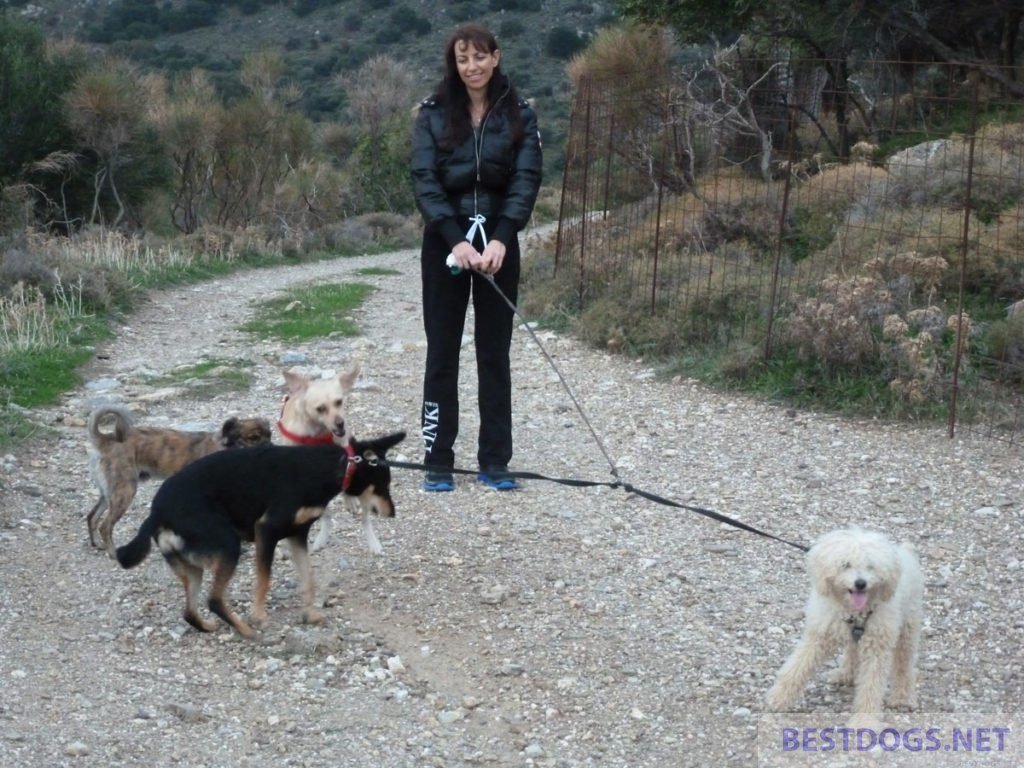
If he pulls even harder, his front paws lift off the ground so that he stands on two legs.
Some dogs then do not understand that this manoeuvre is due to the influence of the leash and feel threatened. Added to this is the frustration of not being able to greet the Collie and the fact that he cannot run away when he should in an unpleasant encounter.
The leash can therefore have an effect on the dog’s posture, causing other dogs to perceive him differently as his body language changes as a result.
This situation leads to many misunderstandings, both for the dogs and their owners, who may interpret pulling and barking as inappropriate behaviour.
The key to success
Even if you walk your dog on a leash, you can still achieve successful encounters and interactions. It is best to remain as relaxed as possible and allow the dog to express its natural behaviour while you remain in control.
The following points should help to achieve this:
- It is important to be aware that the hand controls the dog’s neck or, in the case of a harness, the dog’s body directly through the leash. The way the leash is handled in this process also influences the dog’s feelings. Therefore, you should not be an ‘inanimate weight’ on the handle and pull the dog away, as this will only cause it to resist, leading to tension, stress and possible fear reactions. It is harder for the dog to resist when it is gently led by the leash.
- The dog’s tension must be reduced to a minimum, because it is this that can trigger restlessness and problems. If a dog feels relaxed, happy and confident, it is much more likely to reflect this in its body language when it meets its mates. Similarly, tension, frustration and stress are likely to be transmitted during an encounter and lead to defensive behaviour.
- The dog should be allowed to say ‘hello’ and sniff potential friends, as long as he does not display potentially aggressive behaviour. He may be agitated, which is usually indicated by loud whining and rapid tail wagging. In this case, stay relaxed, keep his attention focused, and allow him to reel off his natural greeting. If he is overly excited, he can be led away in a circling motion to gain a little more distance. However, for many dogs, once they arrive at their ‘object of desire’, the singing stops as quickly as it started.
- Allowing the dog to say ‘hello’ also avoids building up feelings of frustration. However, the situation and the dogs’ characters must be clarified in advance before allowing your dog near another dog. It is always advisable to call the owner of the strange dog before such encounters and ask him if his dog is friendly. However, a positive answer should not be followed blindly, and it is always better to pay attention to how both dogs behave at all times.
- If your own dog has a history of aggressive behaviour towards other dogs, it is important to seek the advice of a vet or behaviourist.
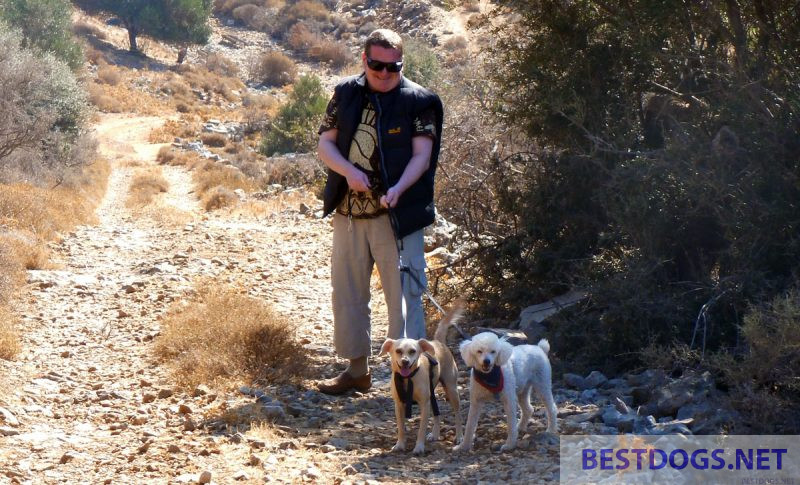
Training courses for socialization
Training courses or supervised walks in a group are an excellent way to teach your dog how to interact with other dogs under supervision. If you are not able to organize a group of friends yourself, you can also make use of professional dog trainers, dog schools or courses offered by animal shelters.
Another aspect of socializing a pet dog is to bring it into contact with different people. This teaches him in a positive way to accept other people, their behaviour and the different situations they may be.
The goal is to be able to take your dog to pretty much any place and situation and to keep him calm, relaxed and confident.
A poorly socialized dog is unpredictable when placed in a new or subjectively frightening situation. In such situations, he may become overexcited, fearful or overactive.
Before booking a course, make sure that the dog is not too anxious and has no problems in this environment. Indeed, a training course in a group can make some dogs’ behaviour worse if they are ‘overstimulated’ with their greatest fears, for example by too much noise or too many strange dogs and people. If this is the case, the dog needs to attend special training sessions so that its problems do not worsen.

The purpose of training courses
- The owner can learn to communicate effectively with his dog and find out what he knows and strengthen the relationship with him. Sometimes rescue dogs have had training before they were adopted, and classes can be an enjoyable way to discover what they can already do. Perhaps there will be a positive surprise and your own rescue dog will be up there with the best class participants !
- The owner and their dog can learn new commands and behaviours to develop the skills of both and encourage the dog to behave in a desired way.
- Although many classes focus on command training and not specifically on off-leash socialization, they often cover off-leash walking and recall in a group setting. However, there are other groups that focus on socialization, especially those that include supervised walks.
- Every dog that comes for training is accompanied by at least one person, sometimes more. This means that the course is an excellent and safe place to build the dog’s necessary confidence with many other people, as it is in a controlled environment.
- Training classes are fun! Many dogs and their owners love going to training, using their minds and meeting new friends. Training classes keep the dog mentally and physically occupied.
- In these classes you can find out what types of activities your dog excels at. This helps to identify obvious other activities for which your dog is suited. These include, for example, agility training, obedience and heel work to music, to name just a few of the possible exercises in which master and dog can participate together and have a lot of fun.
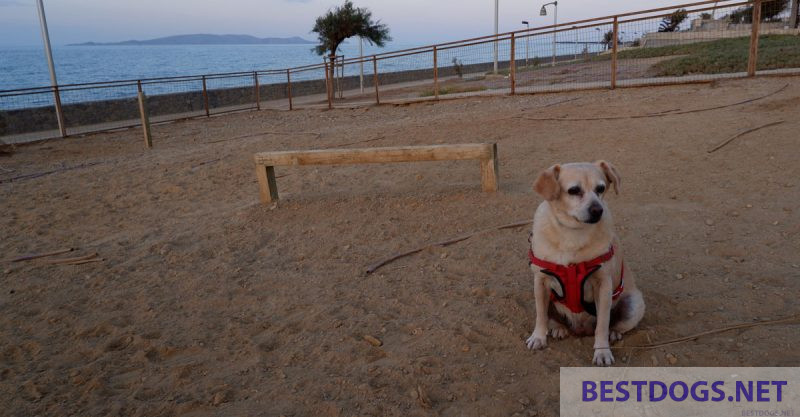
Organized dog sports
Organized dog sports can also be a lot of fun, as they involve training with other dogs and people. In addition, there are tests and competitions with set tasks and goals, which gives the owner a good assessment of what his dog has already achieved.
However, it should also be fun for owner and dog, as the training often takes months, but the test itself only takes a few minutes.
To be able to take part in the tests and competitions, you often have to become a member of a dog club. There are often special courses there to first get to know the chosen dog sport, and you can then still decide whether you want to do it competitively or just for fun.
The following dog sports are often offered:
Companion dog test
The successfully completed companion dog test is the prerequisite for participating in the other dog sports.
In the first part of the test, the dog must master the commands ‘by foot’, ‘sit’, ‘down’ with and without a lead, as well as recalling. During the test, there are always two owners with their dog in the square. One dog has to hold ‘place’ while the other one does the exercises together with his human.
The second part of the test deals with the behaviour of the dog on a leash in traffic. Here, the dog must behave neutrally and safely towards passers-by and traffic.
Amateur sport
The amateur sport is for dog competitions. For this, both dog and human should be athletically inclined. Similar to the previously described companion dog test, there are obedience exercises, but a parkour of obstacles must also be mastered.
In the obstacle course, the dog must negotiate hurdles, tunnels, barrels, hoops, a catwalk and a long jump while by foot.
In the slalom run, the master and dog have to walk around several pole gates without making any mistakes. As a crowning glory for the colossal athletes, there are cross-country runs over 1 1/2 and three miles.
The tournament is divided into classes according to the age of the dog handler and the size of the dog, with the best completing the tasks the fastest and as far as possible without any faults.
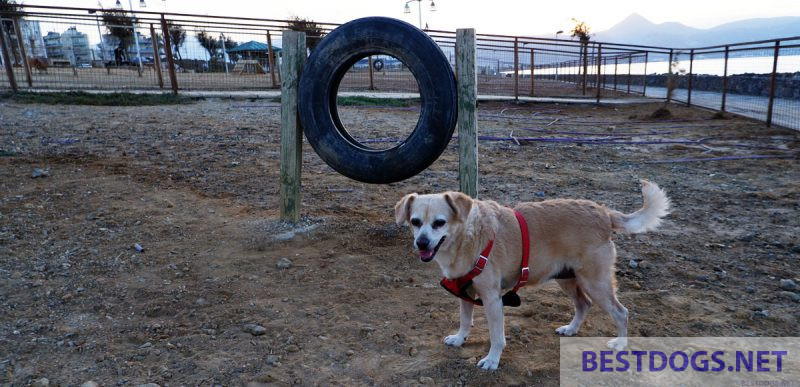
Agility sport
In agility, a constantly changing parkour consisting of jumps, walls, long jump, table, tyres, tunnels, catwalk, climbing wall, seesaw and slalom must be overcome. The dog should have good obedience skills, as it has to compete without a collar and leash and may only be controlled by its master with gestures, calls and body language.
The obstacles must also be overcome as quickly as possible and without mistakes in the correct order.
Here, too, there are different classes of participants, divided according to dog size and degree of difficulty. Because the parkour is changed again and again, there is never any boredom and a high level of coordination between dog and master must be achieved.
Agile and fast dog breeds are best suited for this.
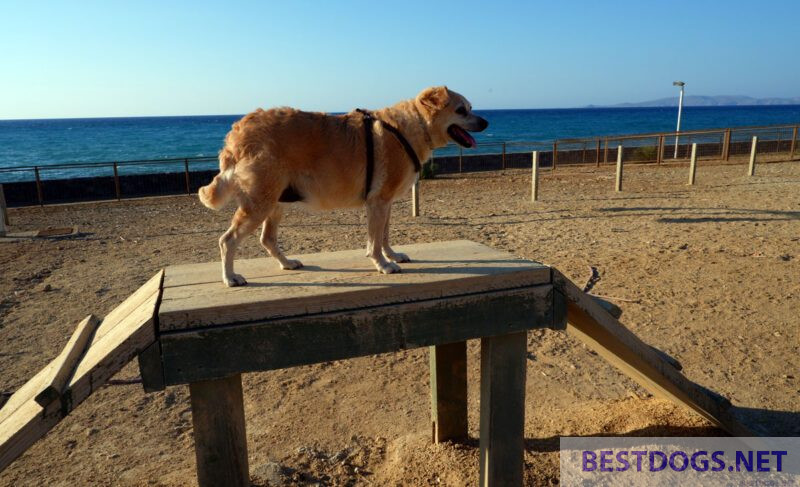
Obedience sport
Obedience sport for dogs is similar to dressage sport for horses. Here, perfect obedience with sometimes considerable degrees of difficulty is required.
The basic exercises are retrieving, sending forward and stealing in different variations. To do this, the dog has to pick out one of several objects that has the scent of its master.
In addition, there are variants which have to be performed to music in a freestyle – similar to figure skating.
Protection dog sport
This involves tracking work, obedience exercises and protection service. In the latter, the dog must track down a third person wearing protective clothing, place him, bark at him and fend off a mock attack. There are three levels of difficulty, each building on the other.
The protection dog sport is versatile and demanding. It is particularly suitable for dogs with a strong hunting instinct or prey drive, as it allows them to release their excess energy.
For a ‘real’ guard dog, on the other hand, only breeds with the appropriate disposition and size are suitable, like real guard dogs. However, it should be avoided that the helper as a third person bullies the dog until it has to bite around. This is dangerous because it practically trains the dog to bite in fear and is also cruelty to animals.


